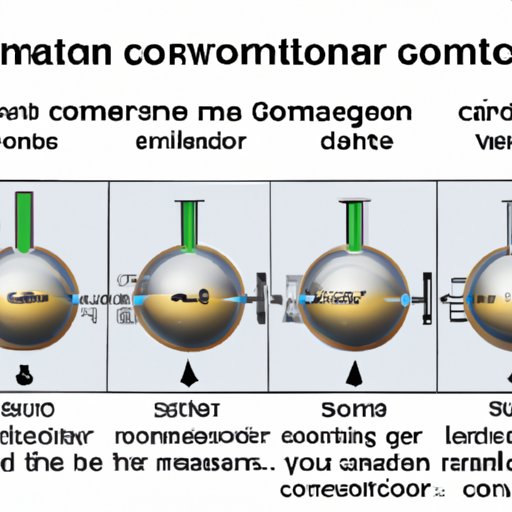Introduction
Controlled variables are an essential part of any scientific study. They are variables that are deliberately manipulated to test the effect of different factors on a particular result. By controlling certain variables, scientists are able to isolate specific causes and analyze the effects on a given outcome. This article will explore what controlled variables are, how they are identified and used in experiments, and the importance of controlled variables in scientific studies.

Explaining the Basics of Controlled Variables in Science
To understand what a controlled variable is, it is important to first consider what a variable is. A variable is any factor or condition that can change or be changed in an experiment. A controlled variable is a variable that is deliberately kept constant throughout an experiment so that it does not affect the results.
In order to identify and utilize controlled variables, scientists must first determine which variables are likely to have an effect on the study’s results. Once these variables have been identified, the scientist can then design an experiment in which they control all of the variables except for the one being tested. For example, if a scientist is testing the effect of light intensity on plant growth, they would need to control variables such as temperature, soil type, and water content in order to ensure that these do not affect the results.

Understanding the Importance of Controlled Variables in Scientific Studies
Controlled variables are important for several reasons. First and foremost, they help scientists to isolate the effects of a single variable on a given outcome. Without controlling other variables, it would be impossible to accurately determine the effect of a particular factor on the results of an experiment.
Controlled variables also allow scientists to compare the results of different experiments. By keeping certain variables constant, scientists are able to compare the results of different experiments and draw meaningful conclusions from them. This is especially useful when conducting research that involves multiple variables.
Finally, controlled variables are necessary for ensuring the reliability and accuracy of scientific data. Without controlling certain variables, the results of an experiment may be skewed due to outside influences. By controlling variables, scientists are able to ensure that their data is accurate and trustworthy.
Common Examples of Controlled Variables in Science
There are many different types of controlled variables in science. Some of the most common examples include temperature, pressure, and humidity. Temperature is often kept constant in experiments involving chemical reactions or biological processes. Pressure is often controlled in experiments involving gases or liquids. Humidity is often controlled in experiments involving plants or animal behavior.
Other examples of controlled variables include pH level, light intensity, magnetic field strength, and air composition. All of these variables can have a significant impact on the results of an experiment, so it is important to keep them constant in order to ensure reliable results.

Analyzing the Effects of Controlled Variables on Scientific Results
Controlled variables can have a significant impact on the results of an experiment. For example, if the temperature is not controlled, it could affect the rate of a chemical reaction or the growth of a plant. Similarly, if the pressure is not controlled, it could affect the solubility of a substance or the behavior of a gas. If the humidity is not controlled, it could affect the evaporation rate of a liquid or the growth of a plant.
It is important to note that not all controlled variables have the same effect on experiments. Some variables, such as temperature and pressure, can have significant impacts on results, while others, such as humidity and light intensity, may have more subtle effects. It is important to consider the potential effects of each variable before designing an experiment.
Conclusion
Controlled variables are an important part of any scientific experiment. They help scientists to isolate the effects of a single variable on a given outcome, compare the results of different experiments, and ensure the reliability and accuracy of scientific data. Common examples of controlled variables include temperature, pressure, and humidity. It is important to consider the potential effects of each variable before designing an experiment.
In conclusion, controlled variables play an essential role in scientific studies. They help to ensure that experiments are designed in such a way that the results are reliable and accurate. By understanding the importance of controlled variables, scientists are able to design experiments that yield meaningful results.
(Note: Is this article not meeting your expectations? Do you have knowledge or insights to share? Unlock new opportunities and expand your reach by joining our authors team. Click Registration to join us and share your expertise with our readers.)
